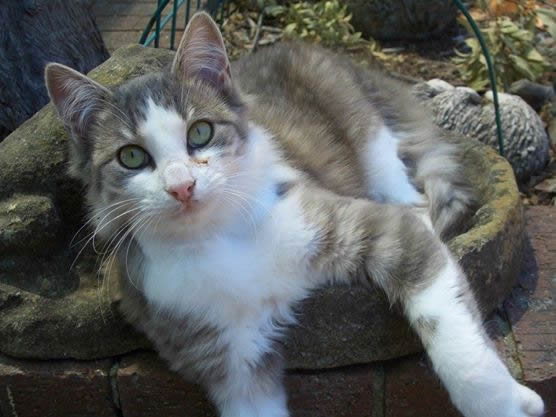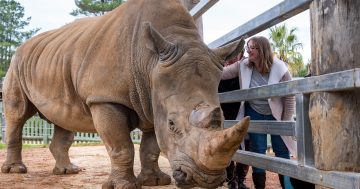
Kitty please: Strathnairn and Macnamara become the latest cat containment suburbs in the ACT.
Residents in the fledgeling Ginninderry suburbs of Strathnairn and Macnamara will have to keep their cats inside their property boundaries following the announcement that they have become the latest cat containment areas in the ACT.
Starting on 15 August 2018, Strathnairn and Macnamara will be the newest Canberra suburbs declared as cat containment areas along with a large area near the Gungahlin Marketplace shopping centre.
City presentation director at Transport Canberra and City Services Stephen Alegria said that the decision to stop cats from roaming free in the new suburbs was to help protect native wildlife.
“The new suburbs of Macnamara and Strathnairn are close by to the Woodstock Nature Reserve where there is an abundance of native wildlife that we are passionate about preserving for future generations,” Mr Alegria said.
Under the legislation, an area can be declared a cat containment area if cats in that area are judged to pose a serious threat to native wildlife. People living in cat containment areas must confine their cats to their premises at all times.
Mr Alegria said several urban development areas in Gungahlin are required to be declared as cat containment areas, including the area identified as Gungahlin Town Centre east, due to their proximity to a variety of nature reserves including Crace and Mulangarri.
“Being a cat owner is enormously rewarding however, like any pet owner, it comes with responsibilities. One of the primary responsibilities is to ensure that your pet is happy, healthy and not having a negative impact on the community in any way,” Mr Alegria said.
“Domestic cats are natural predators and as such they pose a significant threat to our native wildlife. Many Canberra suburbs are in close proximity to nature reserves, areas that have been specifically set up for the protection of our native wildlife. Roaming cats can enter these protected areas where they can prey on Canberra’s native wildlife.”
Current cat containment areas include Bonner, Coombs, Crace, Denman Prospect, Forde, Jacka, Lawson, Molonglo, Moncrieff, Taylor, Throsby and Wright and The Fair at Watson.
Under the legislation, if a cat is found roaming in a containment area, it may be seized by a TCCS ranger and an infringement notice can be issued to the keeper or carer of the cat.
More information on cat containment is available here or by phoning Access Canberra on 13 22 81.












